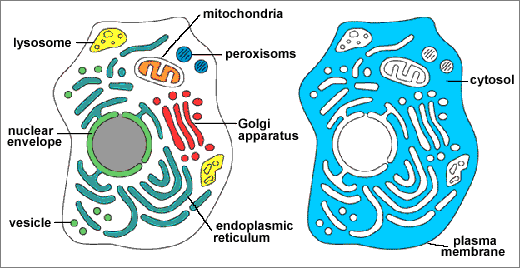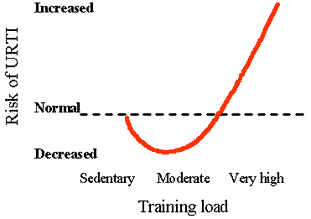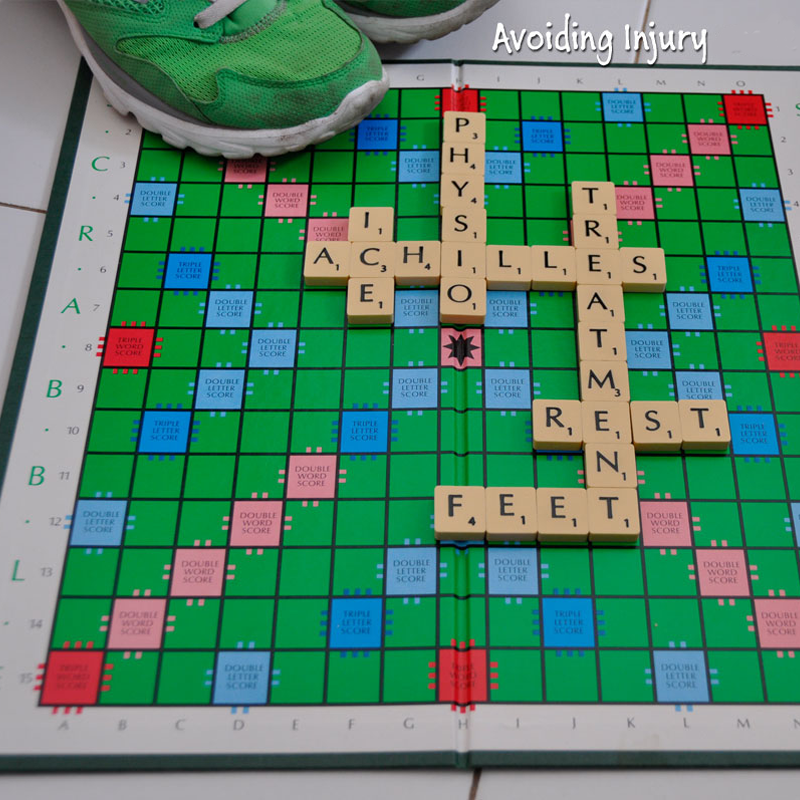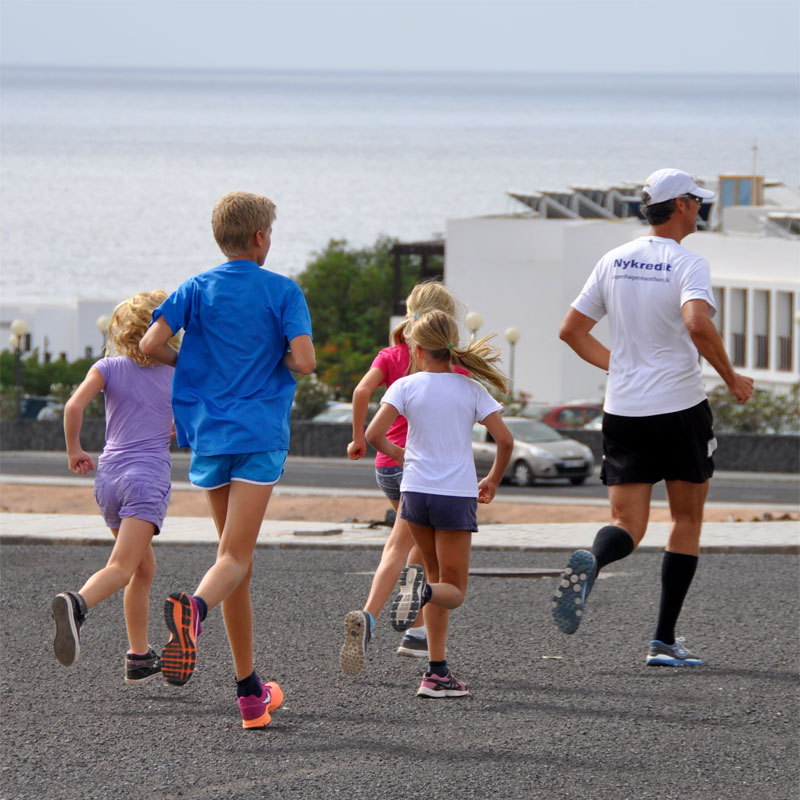Training and Competition in Warm Conditions
Skeletal Muscle Physiology
Basic Skeletal Muscle Physiology – The Motor Unit
What body type are you?
Exercise and the Immune system
Exercise Physiology and its origins
LATEST POSTS

Skeletal Muscle Physiology
Under this section we shall discuss muscles and their functioning, including the various tests that have been done to discover how muscle fibres differ and how they effect performance In the first inclusion we shall discuss the physiology of muscle function, from its...
LATEST POSTS

Basic Skeletal Muscle Physiology – The Motor Unit
Articles, Featured, Skeletal Muscle
The Motor Unit Each fiber of a muscle can contribute to force production only if it is recruited by the brain. One motor nerve can branch into tens, hundreds, or even a thousand branches, each one terminating on a different muscle fiber. One motor nerve plus all of...

What body type are you?
In the 1940s, William H. Sheldon introduced his theory of Somatypes in two major works, The Varieties of Human Physique (1940) and The Varieties of Human Temperament: A Psychology of constitutional Differences (1941). His theory proposed three basic body types and...
ARTICLES

Training and Competition in Warm Conditions
This Training and Competition in Warm Conditions article is contributed by Phil Watson - Research Student, Dept of Biomedical Sciences, University Medical School, Aberdeen Training and Competition in Warm Conditions For those living in the UK, the summer is now upon...
SKELETAL MUSCLE

Basic Skeletal Muscle Physiology
This is intended to be a bare-bones review of physiology of muscle function. The concepts here have direct application to understanding how specific training improves (or decreases) endurance performance capacity. Basic Architecture A single muscle fiber is a...
ARTICLES

Exercise and the Immune system
This Exercise and the Immune system article is contributed by Phil Watson - Research Student, Dept of Biomedical Sciences, University Medical School, Aberdeen Exercise is good for your health. Isn't it? It is generally accepted that regular participation in physical...

Training and Competition in Warm Conditions
by timeadmin | Dec 19, 2011 | Articles, Featured

Basic Skeletal Muscle Physiology
by timeadmin | Dec 19, 2011 | Skeletal Muscle

Skeletal Muscle Physiology
by timeadmin | Dec 19, 2011 | Featured, Skeletal Muscle

Training and Competition in Warm Conditions
by timeadmin | Dec 19, 2011 | Articles, Featured

Basic Skeletal Muscle Physiology
by timeadmin | Dec 19, 2011 | Skeletal Muscle

Skeletal Muscle Physiology
by timeadmin | Dec 19, 2011 | Featured, Skeletal Muscle

Training and Competition in Warm Conditions
Dec 19, 2011 | Articles, Featured
This Training and Competition in Warm Conditions article is contributed by Phil Watson - Research Student, Dept of Biomedical Sciences, University Medical School, Aberdeen Training and Competition in Warm Conditions For those living in the UK, the summer is now upon...

Exercise Physiology and its origins
Oct 8, 2011 | Articles, Featured
Exercise Physiology and its origins The first edition of Exercise Physiology: Energy, Nutrition, and Human Performance appeared in 1981; since then, knowledge of the physiologic effects of exercise in general - and the body's unique and specific responses to training...

Basic Skeletal Muscle Physiology
Dec 19, 2011 | Skeletal Muscle
This is intended to be a bare-bones review of physiology of muscle function. The concepts here have direct application to understanding how specific training improves (or decreases) endurance performance capacity. Basic Architecture A single muscle fiber is a...

Training and Competition in Warm Conditions
Dec 19, 2011 | Articles, Featured
This Training and Competition in Warm Conditions article is contributed by Phil Watson - Research Student, Dept of Biomedical Sciences, University Medical School, Aberdeen Training and Competition in Warm Conditions For those living in the UK, the summer is now upon...


























